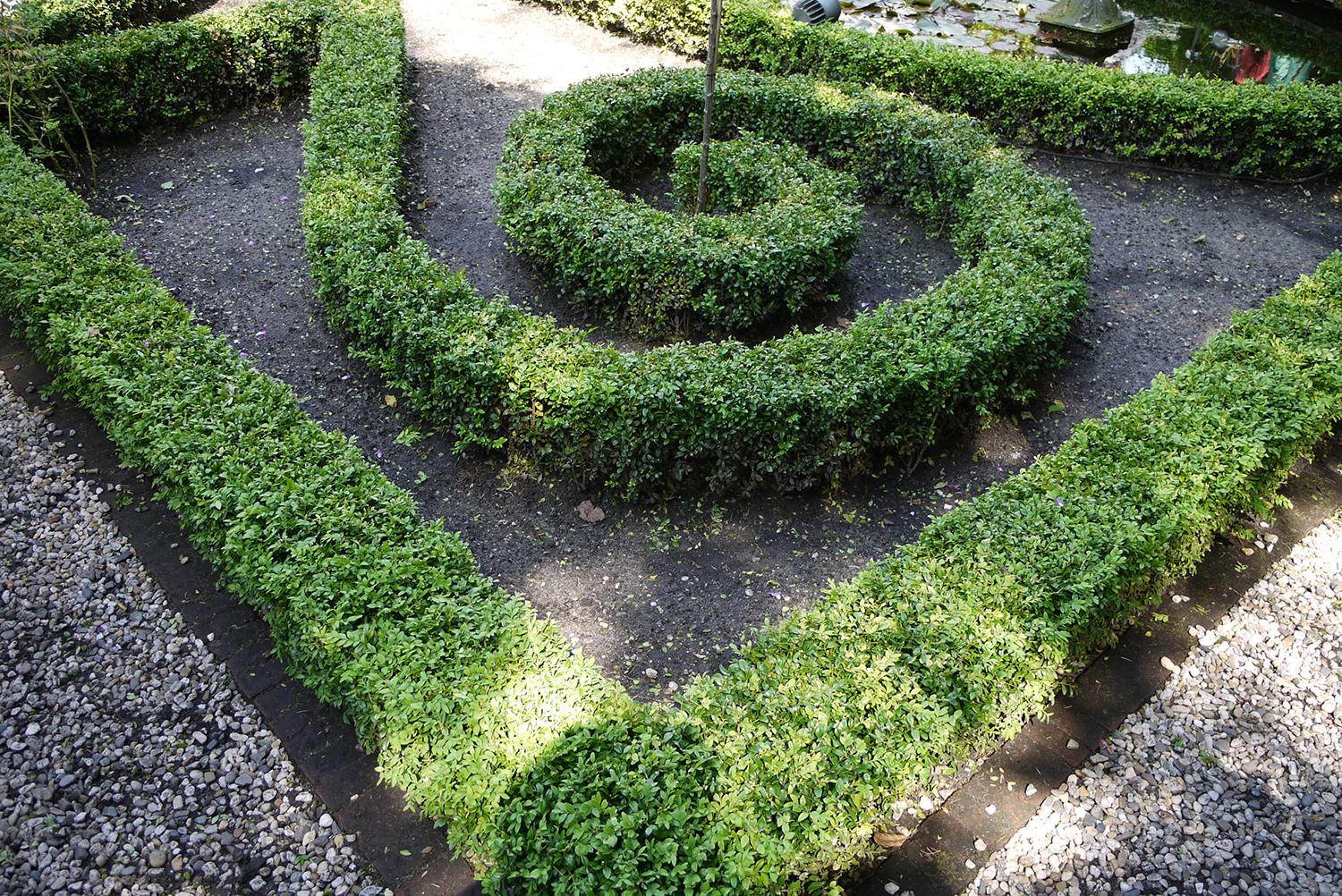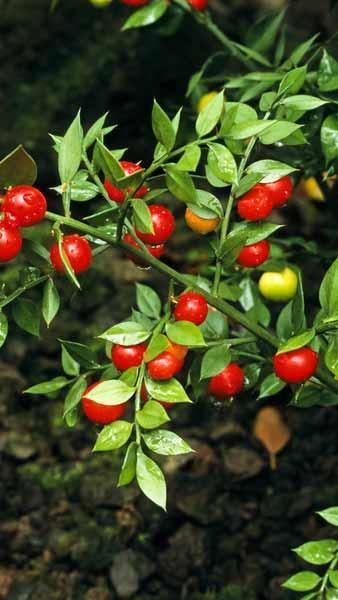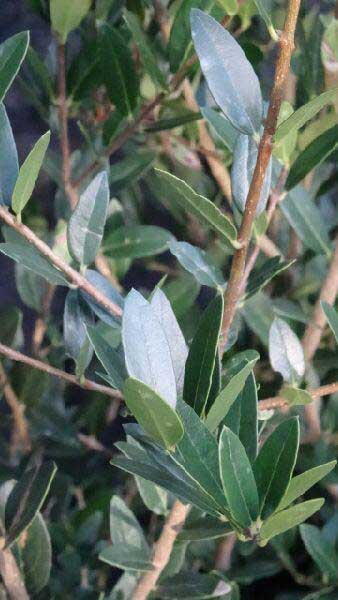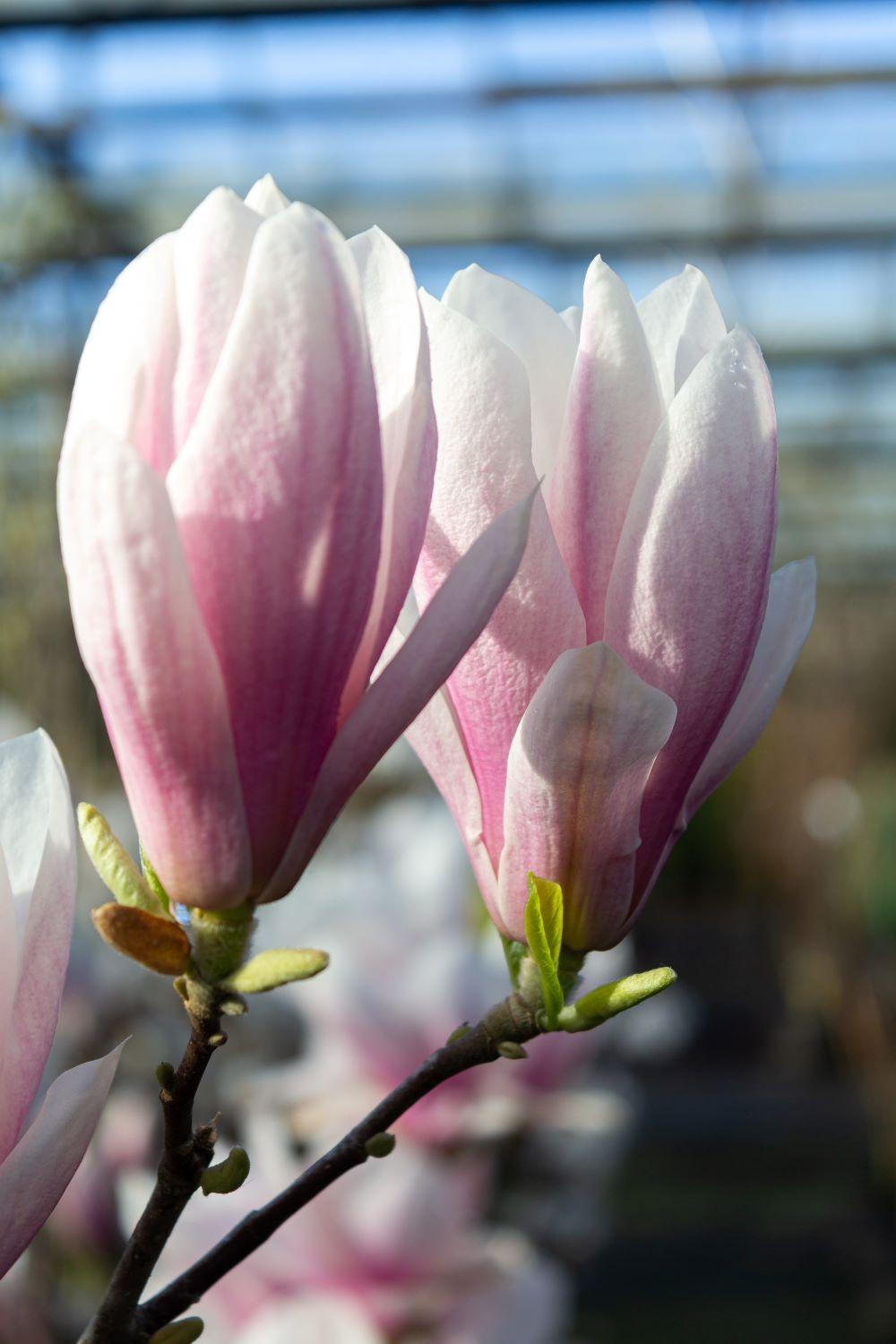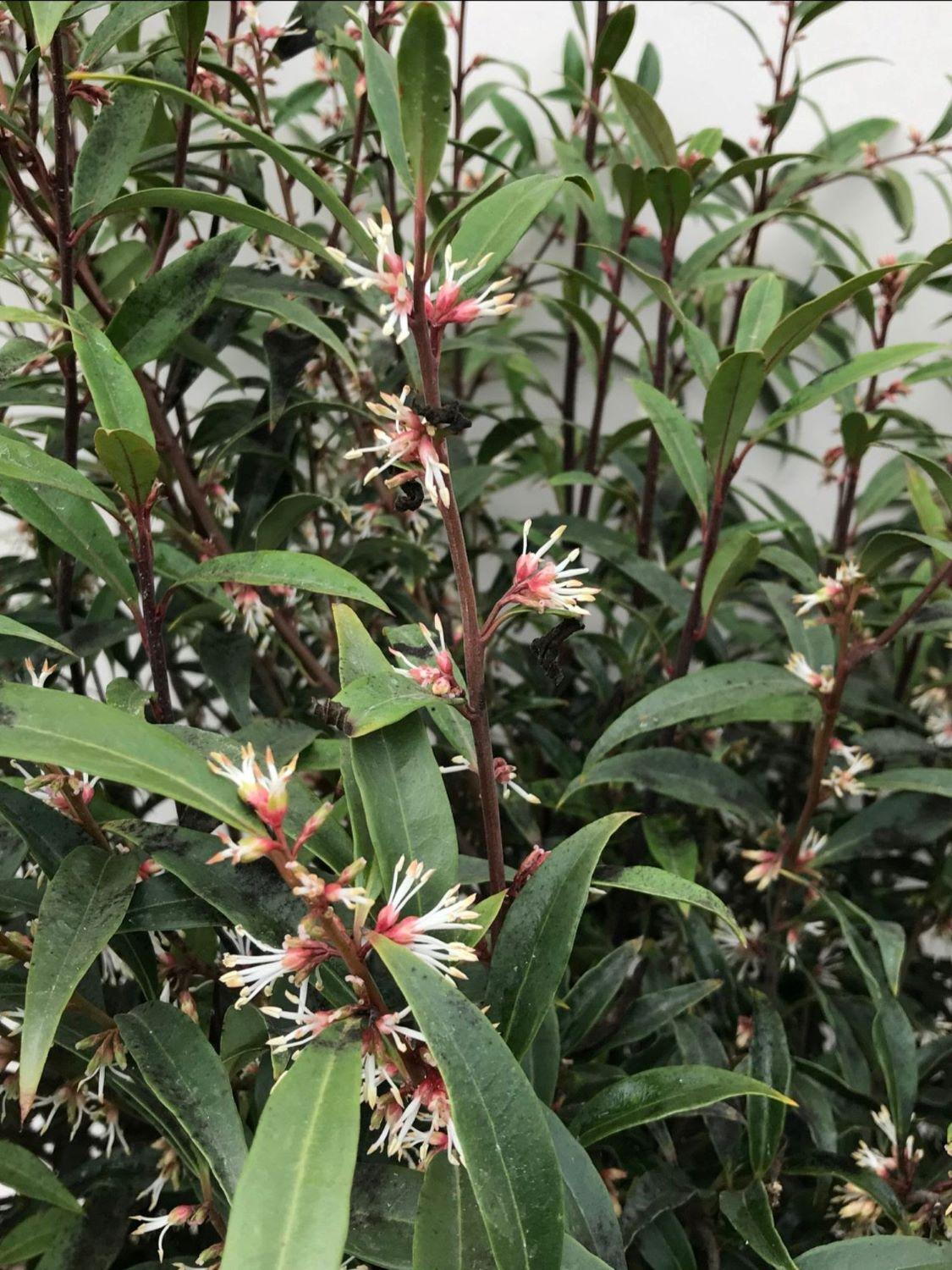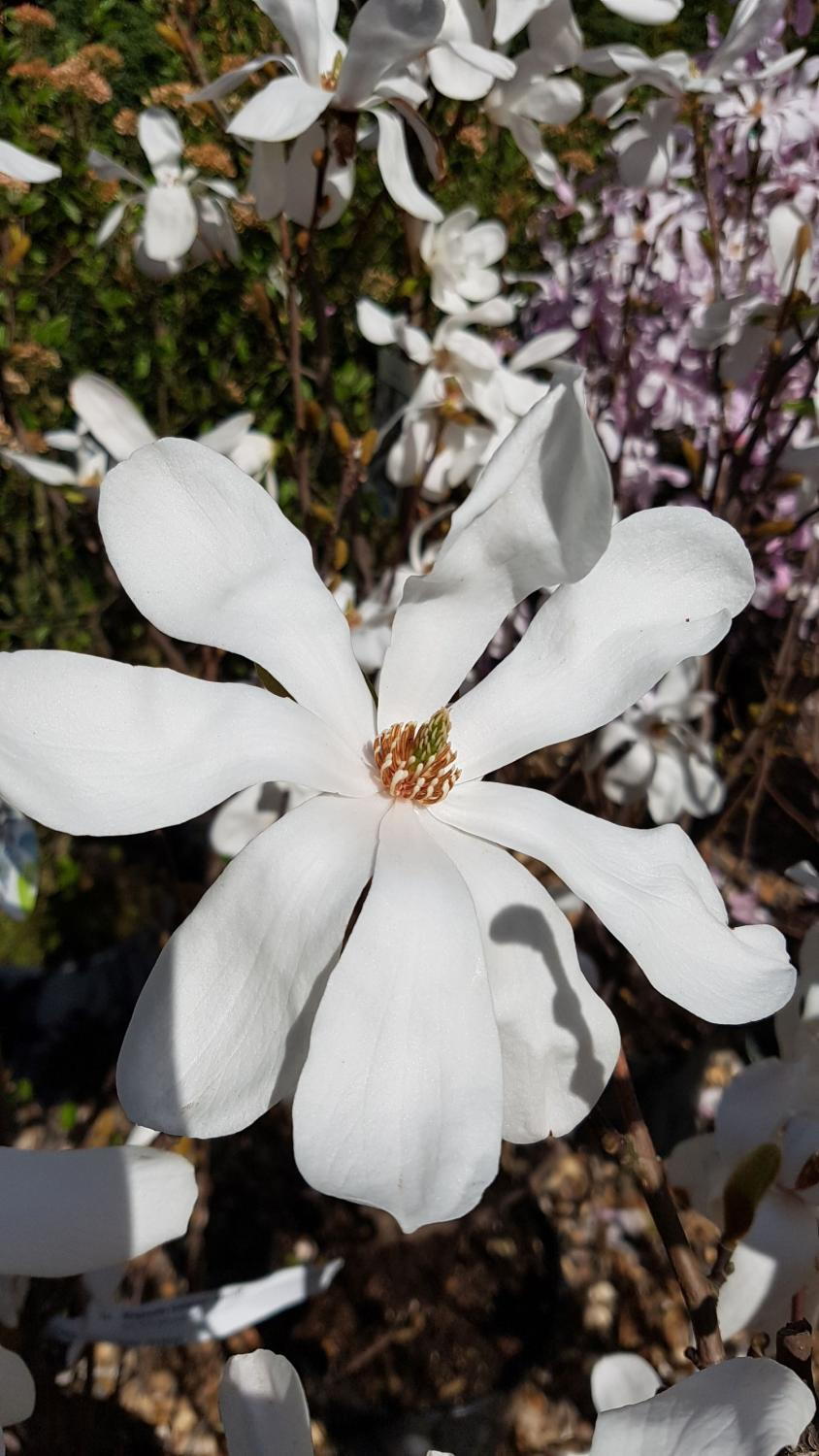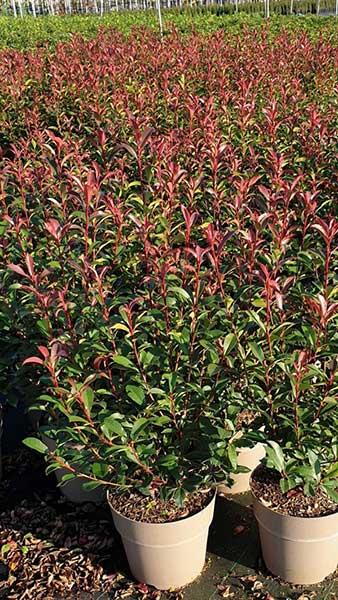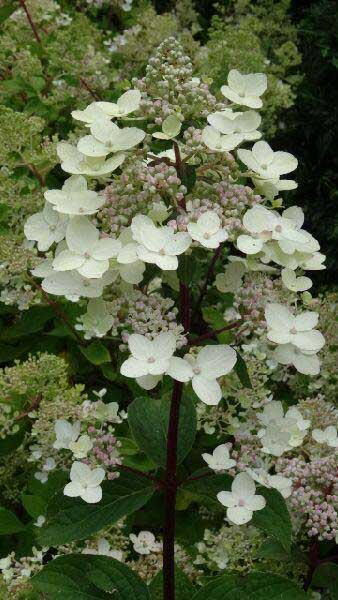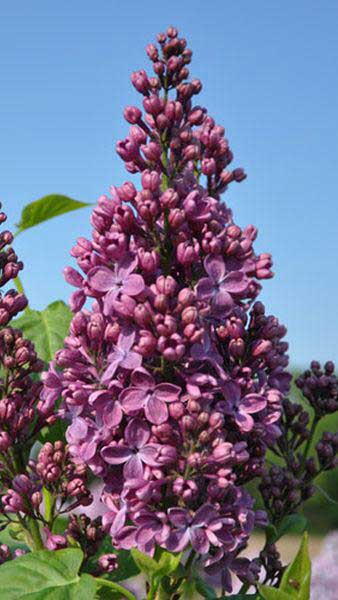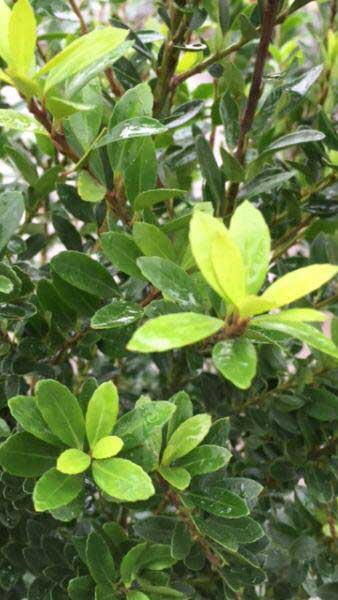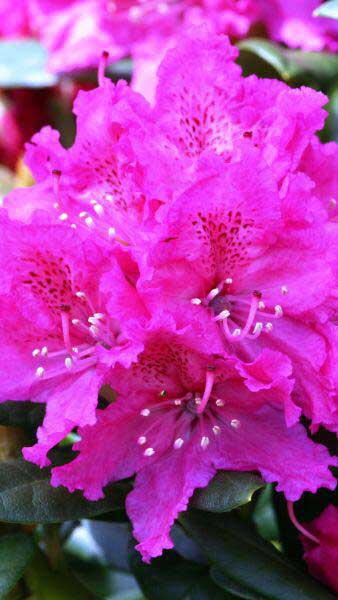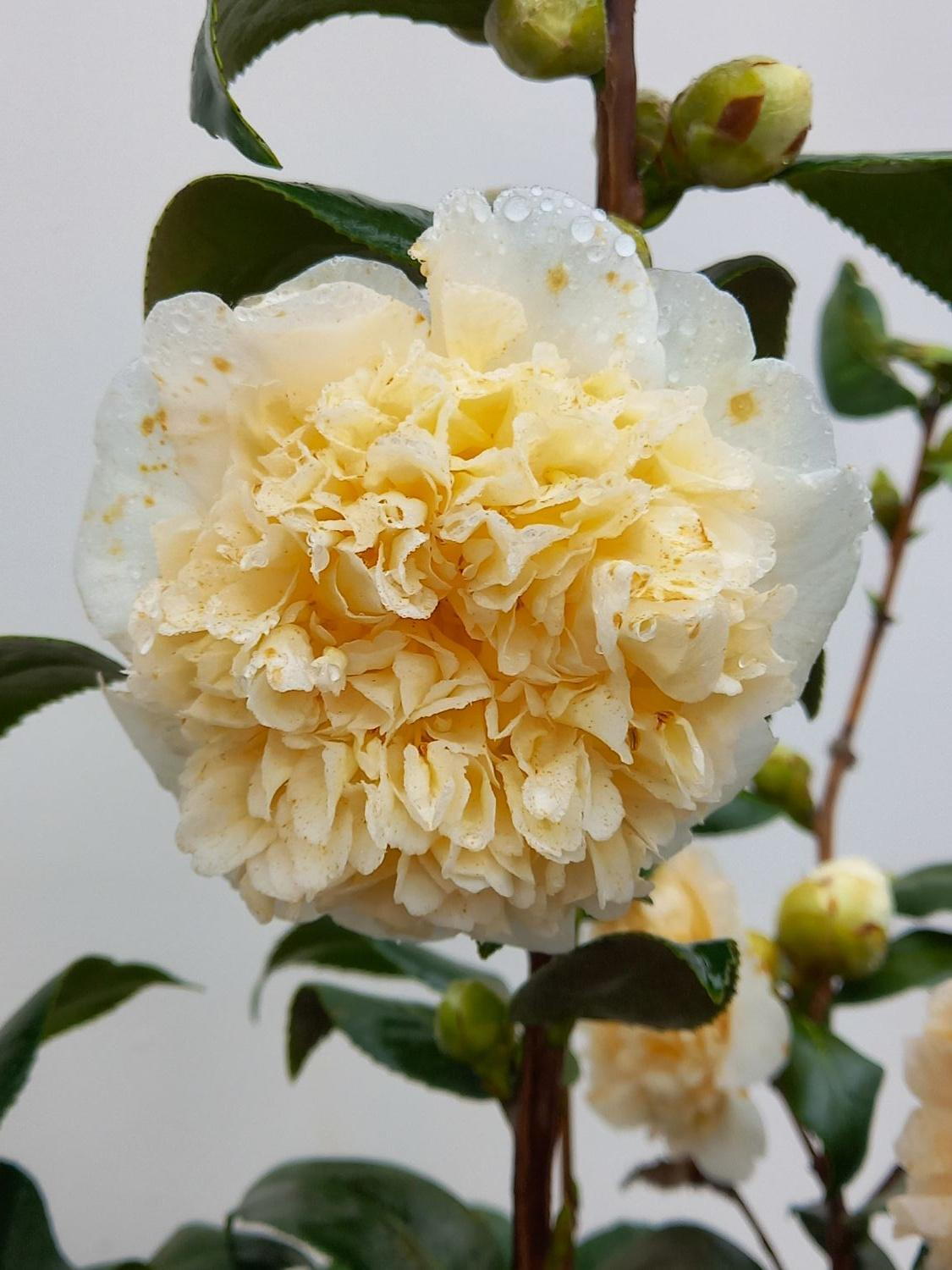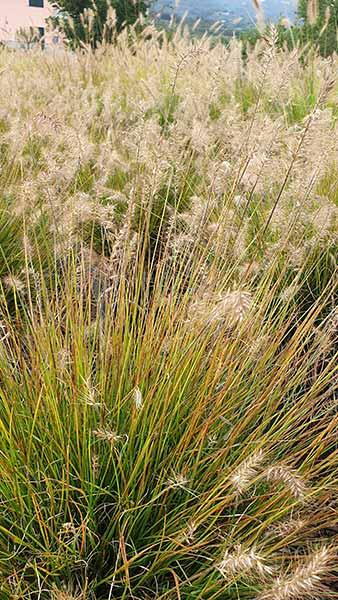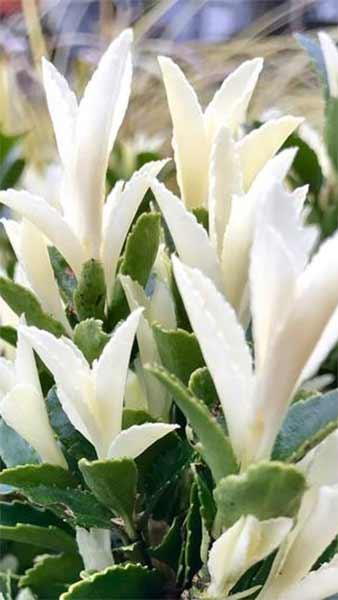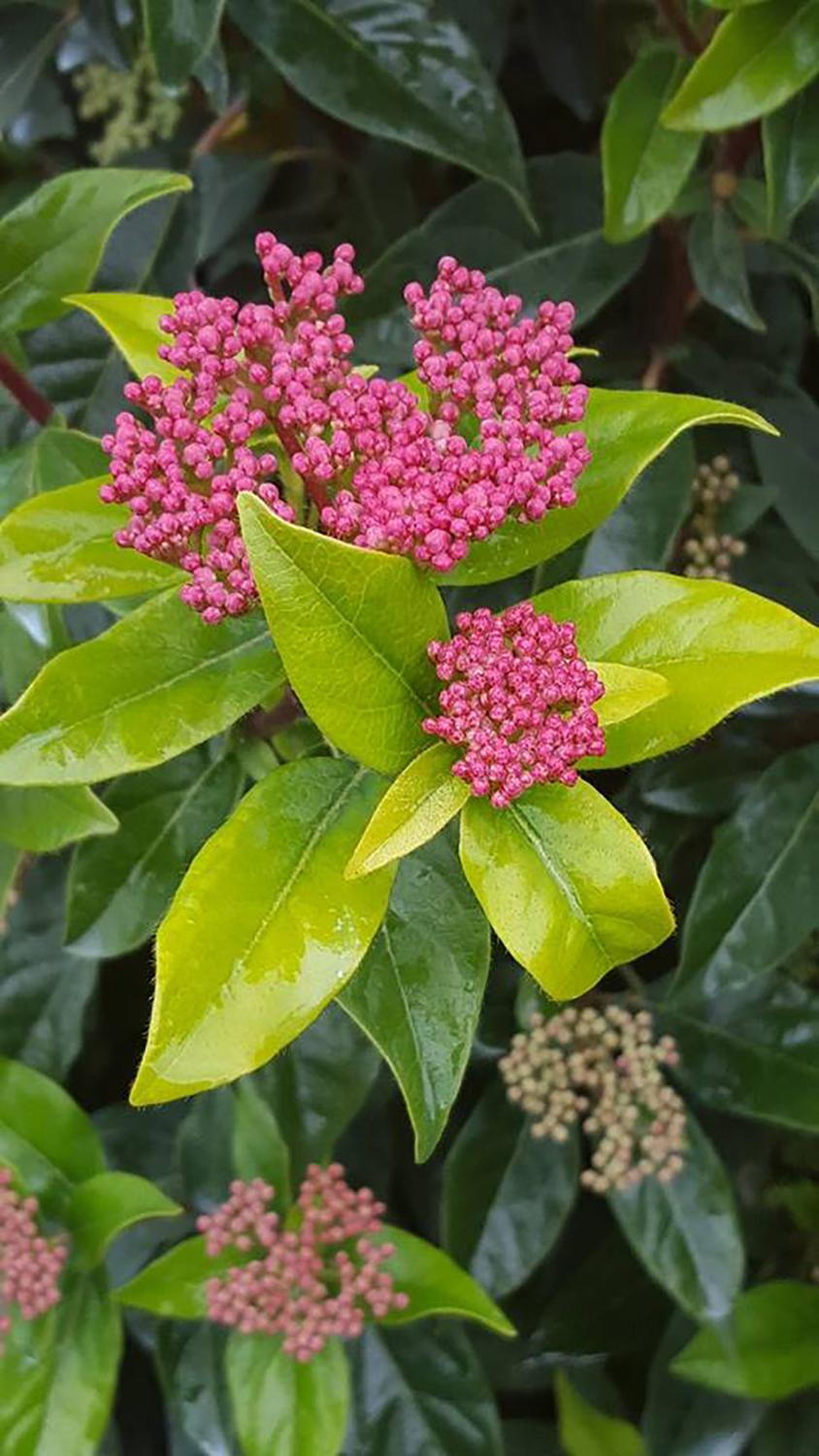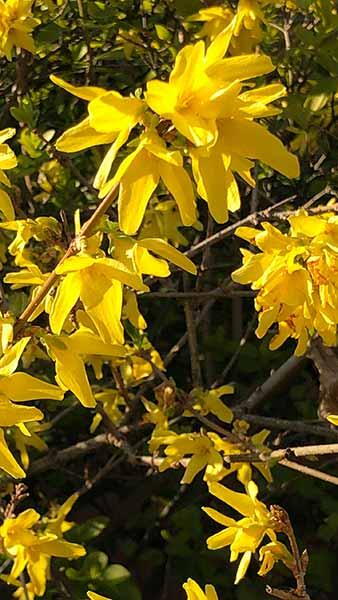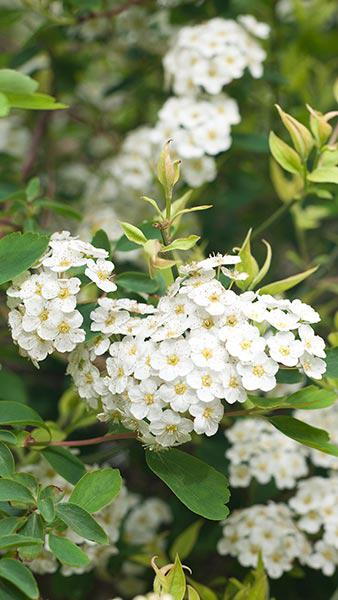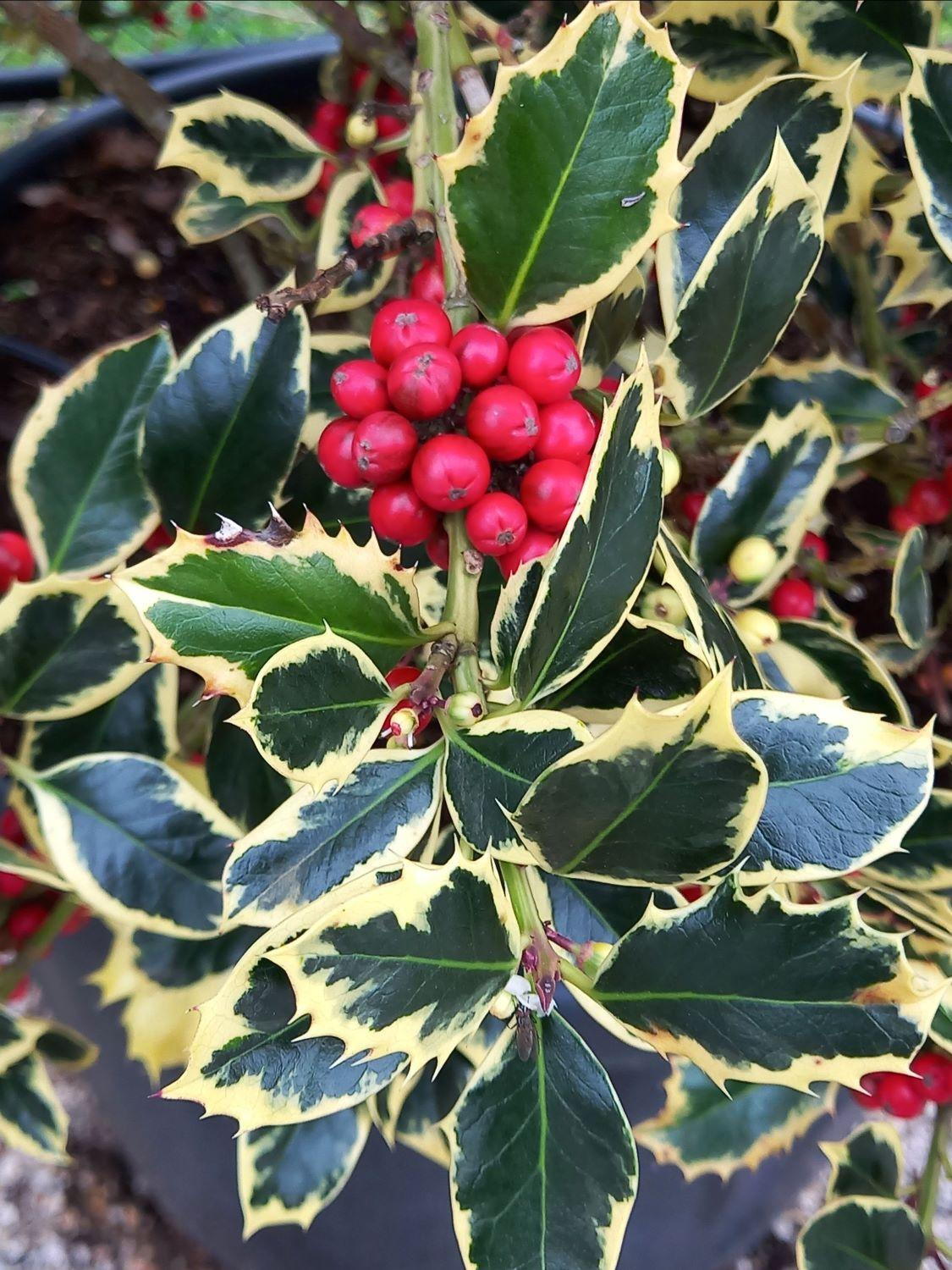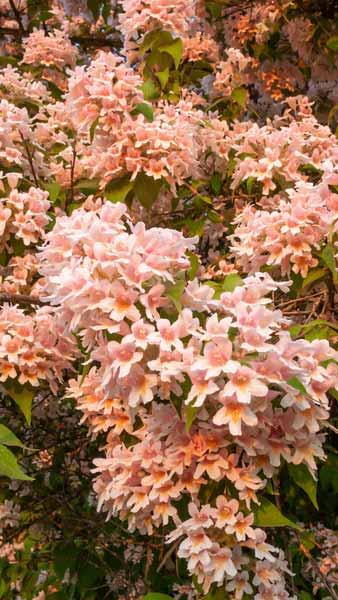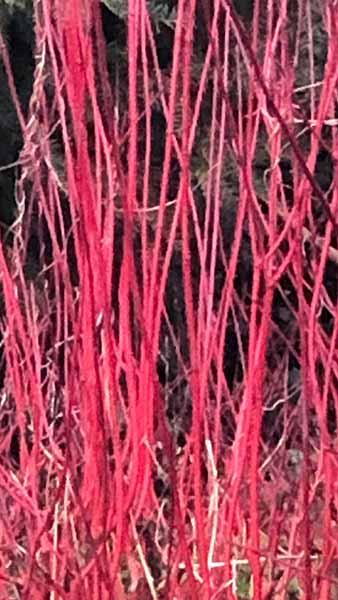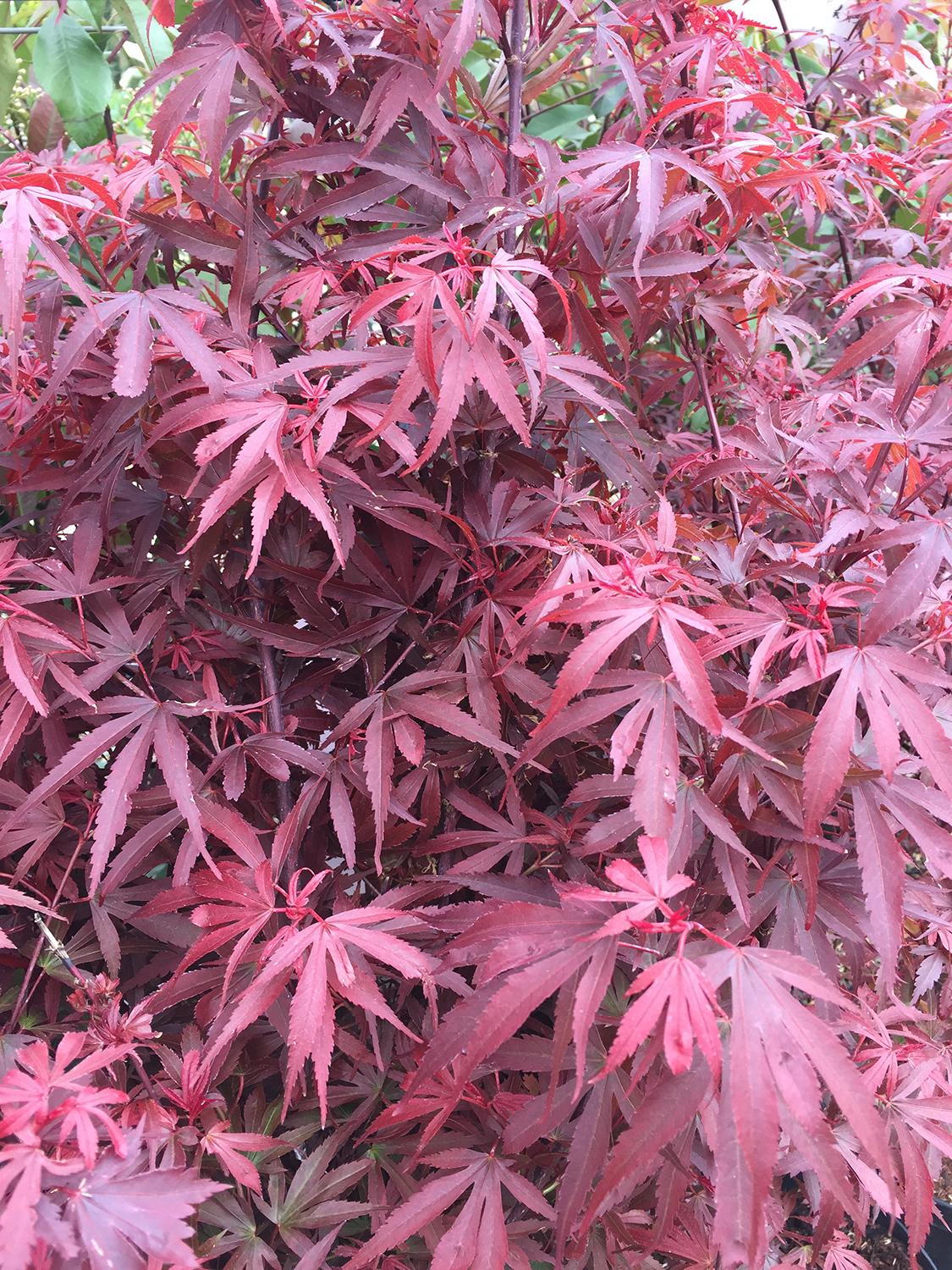Forsythia Weekend. Forsythia x intermedia Weekend Buy Online
Forsythia Weekend (also Forsythia x intermedia Weekend) is a compact, smaller growing form of this superb deciduous shrub. Forsythia shrubs are an amazing way to achieve great colour in the garden, not only in the spring, but in the autumn months as well. One of the first bloomers, they provide an abundance of bright yellow flowers emerging from its young wood, signalling the arrival of spring. Other common names include Golden Bells Week-End, and synonymous terms such as Forsythia × intermedia 'Week-End' and Forsythia Weekend are used to describe this specimen. From the Family Oleaceae, the Genus Forsythia is categorised as a deciduous shrub with leaves that form a simple, often lobed shape. The tubular flowers of this Genus are short, spreading out into 4 lobes, and actually bloom before the leaves unfurl in spring. ‘Week-End’ is a variety of Forsythia of medium-size, with more lance-shaped leaves and erect, slender branches. The flowers are borne in abundant fashion and have a more golden shade of yellow, typically about 3.0 centimetres across.Considered hardy to Zone H5 in the UK and Ireland, Forsythia Weekend prefers full sun to partial shade exposures, with its best Aspects facing South, West, or East. With this hardiness, Forsythia Weekend can do very well in exposed or sheltered positions. Their preferred soil media will be moist but well-drained. Any combination of textures from sand, clay, chalk, or loam will suffice, as long as it holds moisture well, but not to the point of waterlogging. Forsythia Weekend is not very particular in regards to pH as long as it is near neutral, slightly acidic, or slightly alkaline.This intermediate grower will take between 5-10 years to reach ultimate heights of 1.5-2.5 metres, and a comparable spread of 1.5-2.5 metres, consistent with it compact, smaller form. This habit lends itself to the very prolific show of golden-yellow flowers in early spring that are difficult to match.The Royal Horticultural Society agrees that Forsythia x intermedia Weekend is a winner, having awarded it with the prestigious Award of Garden Merit. Forsythia Weekend will fit very well as a flower border, or in the bed. The flowers make for a nice cut flower as well. A low maintenance shrub, Forsythia Weekend makes for a very nice hedge or low growing screen along wall side borders or most any city and courtyard garden. They are also relatively pest-free.
